This article serves as a comprehensive guide on wiring a trailer with brakes, emphasizing the importance of safety and adherence to regulations. By following the outlined steps, understanding the necessary components, and applying expert tips, you can ensure effective installation of your trailer brake system.
Understanding Trailer Brake Systems
Before diving into the wiring process, it is essential to understand the different types of trailer brake systems available. Generally, there are two main types:
- Electric Brakes: These use an electric current to activate the brake shoes, providing efficient stopping power.
- Surge Brakes: These operate based on the trailer’s momentum, automatically applying the brakes when the trailer pushes against the towing vehicle.
Understanding these systems will help you choose the right components and ensure a safe installation.
Essential Tools and Materials
Gathering the right tools and materials is vital for a successful wiring project. Here’s a list of essential items you’ll need:
- Wire connectors
- Brake controller
- Electrical tape
- Wire strippers and crimpers
- Multimeter for testing
Having these tools ready will streamline your installation process and enhance safety.
Safety Precautions Before Starting
When working with electrical systems, safety should always be the top priority. Here are some essential safety precautions:
- Always disconnect the battery before starting any electrical work.
- Wear safety goggles to protect your eyes from potential sparks.
- Ensure your work area is dry and well-lit to avoid accidents.
By following these precautions, you can minimize the risk of accidents during the wiring process.
Identifying the Wiring Diagram
A wiring diagram is fundamental for making proper connections. Understanding how to read and interpret a trailer wiring diagram is crucial. Typically, the diagram will include:
- Color codes for each wire
- Connection points for the brake controller
- Grounding locations
Familiarizing yourself with these details ensures you can execute the wiring accurately.
Connecting the Brake Controller
The brake controller is a critical component of the trailer brake system. To connect the brake controller:
1. Locate the vehicle's wiring harness.2. Connect the controller's power wire to the vehicle's battery.3. Connect the brake output wire to the trailer's brake wire.4. Ensure all connections are secure and insulated.
This process is essential for the effective operation of your trailer brakes.
Wiring the Trailer Brakes
Wiring the trailer brakes involves connecting various components accurately. Follow these steps:
1. Connect the brake wire from the trailer to the brake output on the controller.2. Connect the ground wire from the trailer to the vehicle's frame.3. Use heat-shrink tubing or electrical tape to insulate all connections.
These best practices ensure a secure setup that enhances safety while towing.
Testing the Brake System
After wiring, testing is crucial to ensure everything functions correctly. Here’s how to test:
- Reconnect the battery and check for power at the brake controller.
- Engage the brakes and observe if the trailer brakes respond as expected.
- Use a multimeter to check for continuity in the wiring.
Identifying any issues before hitting the road can prevent dangerous situations.
Common Wiring Mistakes to Avoid
Mistakes in wiring can lead to serious safety issues. Common pitfalls include:
- Incorrect wire connections, which can cause malfunction.
- Neglecting to secure connections, leading to potential shorts.
- Failing to properly ground the system, which can result in erratic brake performance.
Avoiding these mistakes will ensure a smooth and safe installation process.
Maintaining Your Trailer Brake System
Regular maintenance is essential for the longevity of your trailer brake system. Here are some maintenance tips:
- Inspect wiring and connections regularly for wear and corrosion.
- Test the brake system periodically to ensure proper function.
- Keep the brake controller calibrated according to the manufacturer’s instructions.
By following these tips, you can maintain and troubleshoot your trailer brakes effectively.
Legal Requirements for Trailer Brakes
Understanding the legal requirements for trailer brakes is crucial for compliance. Regulations may vary by state, but generally, you need to be aware of:
- Weight limits for trailers requiring brakes
- Mandatory brake controller installations for certain trailer sizes
- Regular inspections to ensure compliance with safety standards
Being informed about these regulations ensures your trailer meets all safety standards.
Upgrading Your Trailer Brake System
If you’re considering an upgrade, knowing your options is key. Advanced brake systems can significantly enhance performance and safety. Consider the following:
- Upgrading to a more responsive electric brake system.
- Installing a proportional brake controller for smoother stops.
- Enhancing braking power with larger brake assemblies.
These upgrades can improve your trailer’s safety and handling on the road.

Understanding Trailer Brake Systems
Before diving into the intricacies of wiring a trailer, it’s essential to grasp the various types of brake systems available. This understanding is not merely academic; it plays a critical role in ensuring that you select the appropriate components for your trailer and achieve a safe installation.
There are primarily two types of brake systems used in trailers: **electric brakes** and **hydraulic brakes**. Each system has its unique characteristics, advantages, and disadvantages, making it vital for you to understand them before proceeding with any wiring project.
- Electric Brakes: These systems utilize an electric current to activate the brake shoes against the drum. Electric brakes are popular due to their simplicity and effectiveness. They can be controlled from the towing vehicle, making them convenient for the driver. However, they may require a brake controller installed in the towing vehicle to function properly.
- Hydraulic Brakes: These systems operate on hydraulic pressure, which is generated when the brake pedal is pressed in the towing vehicle. Hydraulic brakes are often favored for larger trailers, as they provide more stopping power and are less prone to overheating. However, they can be more complex to install and maintain compared to electric brakes.
When selecting a brake system for your trailer, consider factors such as the trailer’s weight, the type of load you will be carrying, and the terrain you’ll be traveling on. For instance, if you plan to tow a heavy load over mountainous terrain, hydraulic brakes may be the better choice due to their superior stopping power.
Moreover, understanding the **brake controller** is crucial. This device regulates the electric brakes by sending a signal from the towing vehicle to the trailer. It is essential to choose a controller that is compatible with your trailer’s brake system. There are various types of controllers available, including proportional and time-delayed controllers, each with its advantages.
In addition to selecting the right brake system and controller, you should also familiarize yourself with the necessary wiring components. This includes understanding wire gauge, connectors, and fuses. Using the correct wire gauge is critical to prevent overheating and ensure a safe connection.
In conclusion, a thorough understanding of trailer brake systems will not only aid in selecting the right components but also ensure a secure and compliant installation. By being informed about the types of brake systems, their operation, and the necessary wiring components, you can proceed with confidence in your wiring project.
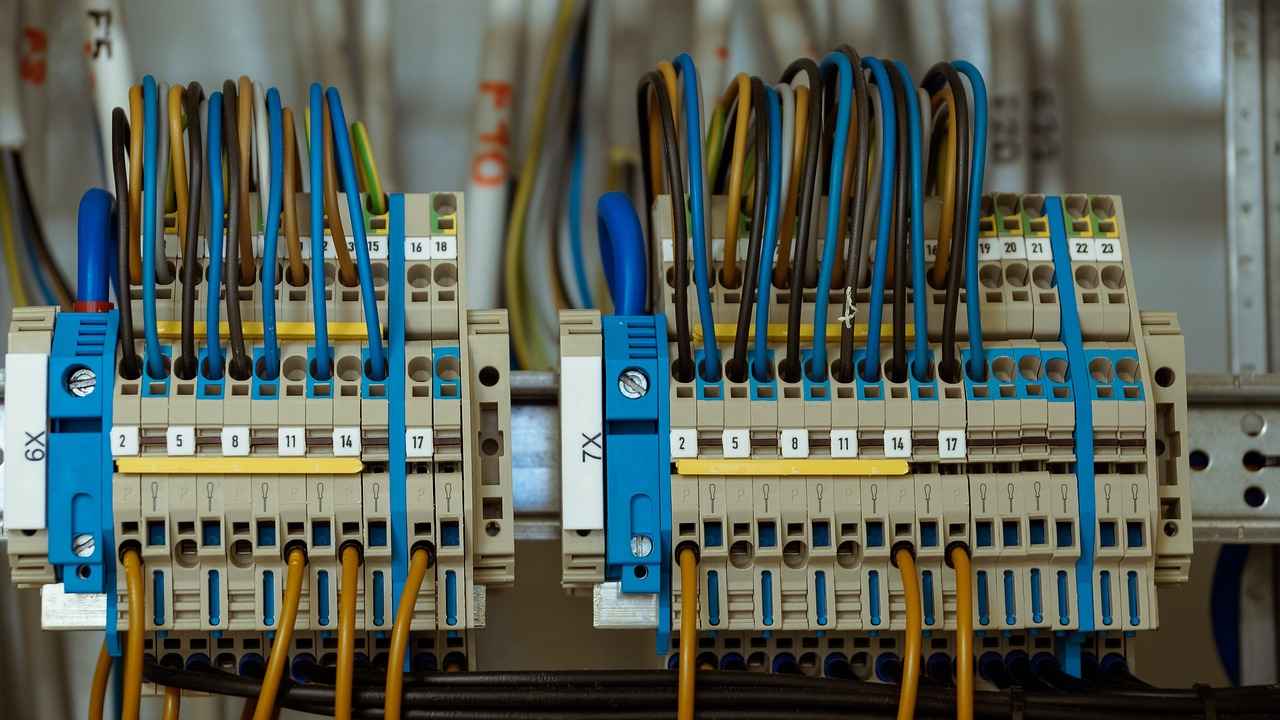
Essential Tools and Materials
Gathering the right tools and materials is vital for a successful wiring project, especially when it comes to ensuring that your trailer brakes function correctly. This section will outline the necessary items you will need for a smooth installation process, providing you with a comprehensive checklist to ensure you are fully equipped.
- Wire Connectors: These are essential for creating secure connections between wires. Look for heat-shrink connectors or crimp connectors that offer durability and resistance to moisture.
- Brake Controller: A quality brake controller is crucial for managing the trailer’s braking system. Choose one that suits your towing vehicle and trailer size.
- Wiring Harness: A suitable wiring harness simplifies the connection between your vehicle and trailer. Make sure it is compatible with your specific trailer model.
- Electrical Tape: This is important for insulating and protecting your connections. It helps prevent short circuits and ensures longevity.
- Wire Strippers: These tools are necessary for removing insulation from wire ends, allowing for proper connections.
- Multimeter: A multimeter is invaluable for testing electrical connections and ensuring that everything is functioning properly.
- Crimping Tool: This tool is essential for securing connectors to wires, ensuring a tight connection that won’t come loose over time.
- Heat Gun: If you’re using heat-shrink connectors, a heat gun will help you shrink the tubing around the connections for a waterproof seal.
- Wire Cutters: These will help you cut wires to the appropriate lengths needed for your installation.
- Protective Gear: Always wear safety glasses and gloves to protect yourself from potential injuries during the wiring process.
In addition to these tools, you will also need various types of wires, including:
- 12-gauge wire: Typically used for brake lights and other high-current applications.
- 14-gauge wire: Commonly used for running lights and lower current applications.
Before starting your project, ensure that you have all these materials at hand. This preparation will not only save you time but also reduce the frustration that can arise from having to make multiple trips to the store.
Remember, investing in quality tools and materials can make a significant difference in the ease and effectiveness of your wiring project. By being well-prepared, you can ensure that your trailer brake system is wired correctly and functions safely on the road.

Safety Precautions Before Starting
When working with electrical systems, especially in the context of wiring a trailer with brakes, **safety** must be your utmost priority. The potential risks associated with electrical work can be significant, and taking the right precautions can greatly reduce the likelihood of accidents. Below are essential safety measures to consider before you begin the wiring process.
- Disconnect the Battery: Always start by disconnecting the battery to prevent any accidental short circuits. This simple step can save you from serious injuries.
- Wear Protective Gear: Equip yourself with appropriate safety gear, including gloves and safety goggles. This will protect you from electrical shocks and debris.
- Use Insulated Tools: Ensure that you are using tools with insulated handles. This minimizes the risk of electric shock while working on live wires.
- Check for Damage: Before starting, inspect all wiring and components for signs of wear or damage. Faulty wiring can lead to serious accidents.
- Work in a Dry Environment: Moisture can significantly increase the risk of electrical shock. Ensure that your workspace is dry and well-ventilated.
- Understand the Wiring Diagram: Familiarize yourself with the wiring diagram related to your trailer’s brake system. Knowing the layout and color codes can prevent mistakes and enhance safety.
- Keep a First Aid Kit Handy: Accidents can happen, so it’s wise to have a first aid kit within reach. Be prepared to deal with minor injuries immediately.
- Stay Focused: Avoid distractions while working. Concentration is key in preventing accidents, especially when dealing with electrical systems.
In addition to these precautions, it’s important to educate yourself about the specific electrical system you are working with. Understanding the components and their functions can further enhance your safety. If you are unsure about any aspect of the wiring process, consult with a professional or refer to reliable resources.
By implementing these safety measures, you create a safer working environment for yourself and others. Remember, taking the time to prepare and prioritize safety can prevent accidents and ensure a successful wiring project. Always err on the side of caution when dealing with electrical systems, and never hesitate to seek help if needed.
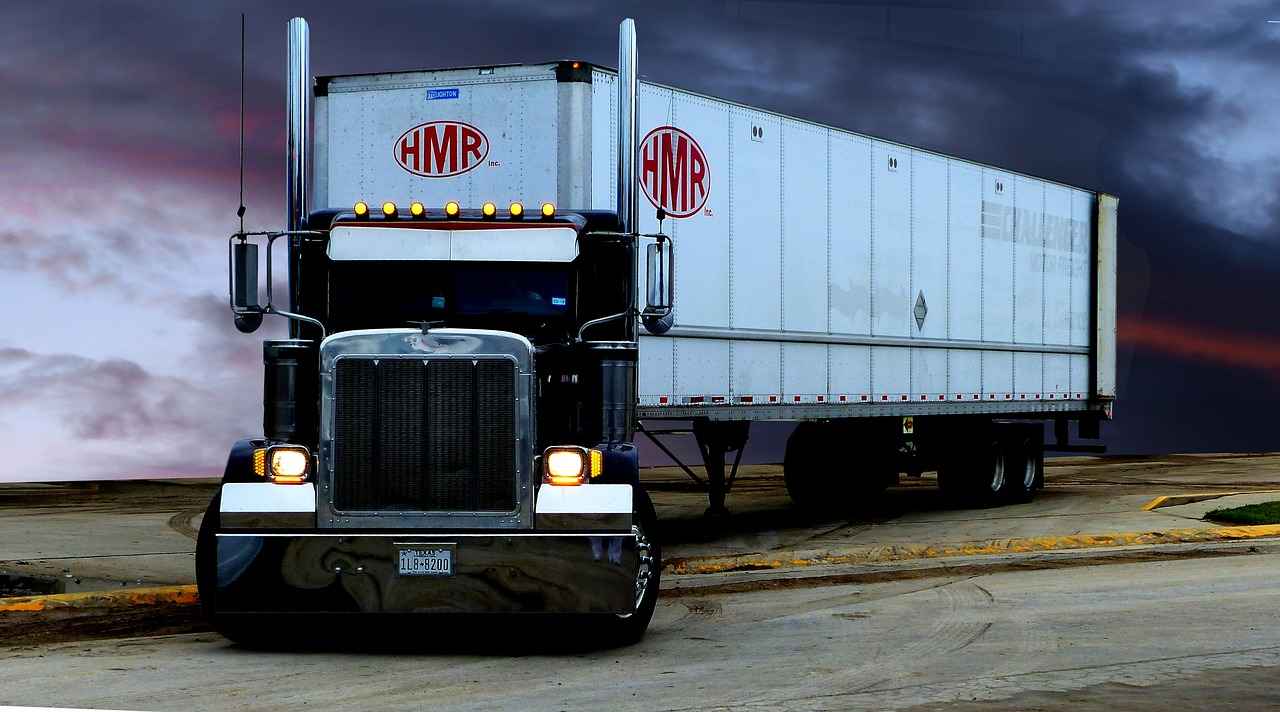
Identifying the Wiring Diagram
A wiring diagram is an essential tool for anyone looking to wire a trailer, especially when it comes to connecting the braking system. Understanding how to read and interpret a trailer wiring diagram is crucial for ensuring that all connections are made correctly and safely. This section will guide you through the key elements of a wiring diagram, including the layout and color codes commonly used in trailer wiring.
First and foremost, what is a wiring diagram? It is a visual representation that shows the electrical connections and functions of various components in the trailer’s wiring system. This diagram typically includes symbols and color codes that indicate different wire functions, making it easier for you to understand how everything connects.
Key Elements of a Wiring Diagram:
- Color Codes: Each wire in the diagram is color-coded to denote its function. For example, a common color code might include:
- Brown for tail lights
- Green for right turn signals
- Yellow for left turn signals
- White for ground
- Blue for brakes
- Symbols: The diagram will use standard electrical symbols to represent various components such as switches, connectors, and lights. Familiarizing yourself with these symbols is vital for accurate interpretation.
- Connection Points: The diagram will indicate where each wire connects to the trailer and the tow vehicle. Pay close attention to these points to avoid miswiring.
To effectively read a wiring diagram, start by identifying the main components listed. These typically include the trailer connector, brake controller, and various lighting elements. Understanding how these components interact will help you visualize the flow of electricity throughout the system.
When interpreting the diagram, it’s also important to recognize the sequence of connections. Follow the lines that connect different components, as they represent the path that electricity will take. This will help you troubleshoot any potential issues that may arise during installation.
Additionally, if you are unsure about any aspect of the wiring diagram, consult the manufacturer’s manual or seek expert advice. Incorrect wiring can lead to serious safety hazards, including brake failure or electrical shorts.
In summary, a wiring diagram is not just a set of instructions; it is a roadmap for your trailer’s electrical system. By taking the time to understand its layout and color codes, you can ensure that your trailer wiring is done correctly and safely, setting the stage for a functional and compliant trailer brake system.
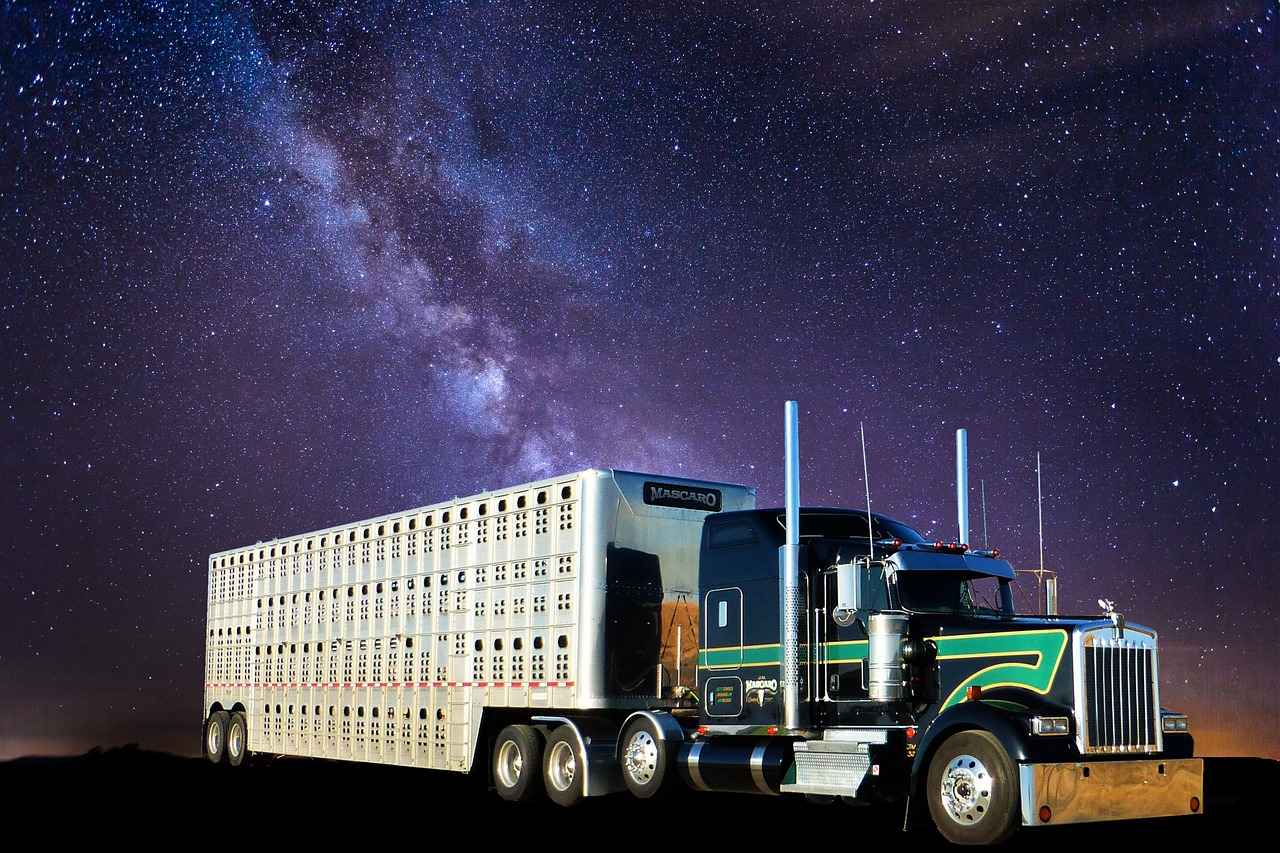
Connecting the Brake Controller
is a vital step in ensuring the safety and functionality of your trailer brake system. A brake controller serves as the intermediary between your vehicle and the trailer, allowing for effective braking control while towing. This section will provide you with detailed, step-by-step instructions on how to properly connect the brake controller to your vehicle and trailer, ensuring a secure and efficient installation.
Before diving into the connection process, it is essential to gather the necessary tools and materials. You will need:
- Brake controller
- Wiring harness
- Wire connectors
- Screwdriver
- Socket wrench
- Electrical tape
- Multimeter (for testing)
Once you have all the items ready, follow these steps:
- Locate the Vehicle’s Connector: Most vehicles come equipped with a 7-pin or 4-pin trailer connector. Check your vehicle’s manual to find the exact location of this connector.
- Install the Brake Controller: Mount the brake controller in a convenient location within the vehicle, typically under the dashboard. Ensure it is easily accessible for adjustments.
- Connect the Wiring Harness: Using the wiring harness, connect the brake controller to the vehicle’s electrical system. This usually involves connecting color-coded wires: red (power), black (ground), blue (brake output), and white (ground).
- Connect to the Trailer: At the trailer end, connect the corresponding wires from the brake controller to the trailer’s wiring system. Ensure that the blue wire from the brake controller connects to the trailer’s brake wire.
- Secure Connections: Use wire connectors and electrical tape to secure all connections. This will prevent any accidental disconnections during travel.
- Test the System: Once everything is connected, it’s crucial to test the brake controller. Use a multimeter to check that the voltage is correct when the brake pedal is pressed.
After completing these steps, your brake controller should be properly connected, allowing for safe and effective braking while towing. It’s important to periodically check the connections and the functionality of the brake controller to ensure ongoing safety.
In conclusion, connecting the brake controller is a straightforward process that plays a critical role in the overall safety of your towing experience. By following these detailed steps and taking the time to ensure proper connections, you can enhance the performance of your trailer brake system significantly.
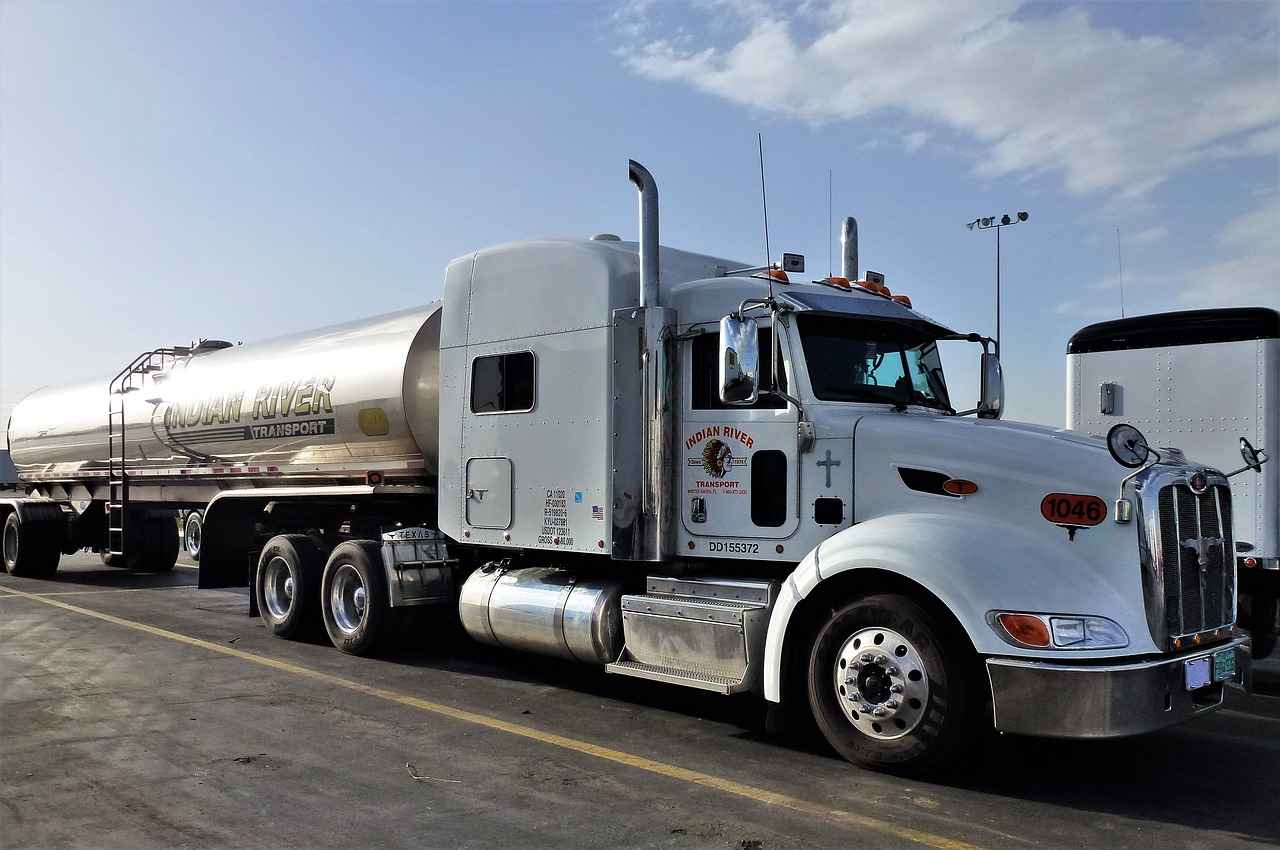
Wiring the Trailer Brakes
is a crucial step in ensuring the safety and functionality of your trailer. Properly wired brakes not only enhance stopping power but also ensure compliance with legal standards. In this section, we will explore the detailed process of wiring trailer brakes, including essential components, connection methods, and best practices for a secure and effective setup.
To begin with, it is important to understand the components involved in wiring trailer brakes. The primary elements include:
- Brake Controller: This device activates the trailer’s brakes in response to the vehicle’s braking system.
- Wiring Harness: A collection of wires that connect the brake controller to the trailer’s braking system.
- Brake Magnets: These are installed on the trailer’s brake assembly and are activated by the electrical current from the brake controller.
- Power Source: Usually derived from the vehicle’s battery, this powers the brake system.
Next, it’s essential to follow a step-by-step process for wiring the brakes:
- Prepare the Wiring Harness: Start by ensuring that the wiring harness is compatible with both your vehicle and trailer. Check for any frayed wires or damage.
- Connect the Brake Controller: Locate the brake controller’s wiring connections. Typically, there will be a set of wires for power, ground, and brake output. Ensure these are securely connected to the corresponding wires on the trailer’s harness.
- Install the Brake Magnets: Attach the brake magnets to the trailer’s brake assembly. Ensure they are positioned correctly to make contact with the brake drum when activated.
- Connect Power and Ground Wires: Connect the power wire from the harness to the trailer’s battery. Ensure that the ground wire is securely attached to a clean metal surface on the trailer frame to avoid electrical issues.
- Test the Connections: Before finalizing, double-check all connections for secure fitment and proper insulation to prevent shorts.
After completing the wiring, it is crucial to perform a thorough testing of the brake system. This involves:
- Connecting the trailer to the towing vehicle.
- Engaging the brake controller to ensure the trailer brakes respond appropriately.
- Checking for any unusual noises or malfunctions during testing.
Additionally, adhering to best practices is vital. Always refer to the manufacturer’s guidelines for specific wiring diagrams and instructions. Using high-quality connectors and ensuring all connections are waterproof can significantly enhance the reliability of your brake system.
By following these detailed steps and recommendations, you can ensure a secure and effective wiring setup for your trailer brakes. This will not only improve your towing experience but also enhance safety on the road.

Testing the Brake System
After completing the wiring of your trailer’s brake system, it is imperative to conduct a thorough testing process. This step ensures that all components are functioning as intended, providing safety and reliability on the road. Testing your brake system not only helps identify potential issues but also gives you peace of mind before embarking on any journey.
- Visual Inspection: Begin with a comprehensive visual inspection of the brake system. Check all connections, wires, and components for any signs of wear, damage, or corrosion. Ensure that all wiring is securely attached and that there are no exposed wires that could cause a short circuit.
- Brake Controller Functionality: Test the brake controller to ensure it responds correctly. This can be done by applying the manual override feature, which should engage the trailer brakes without delay. If the brakes do not respond, revisit the connections and settings on the brake controller.
- Brake Light Test: Ensure that the brake lights on the trailer illuminate when the vehicle’s brake pedal is pressed. This is crucial for signaling your intentions to other drivers on the road. A malfunctioning brake light can lead to dangerous situations.
- Road Test: Once the initial tests are complete, it’s time for a road test. Find a safe, open area to test the braking system under controlled conditions. Begin by accelerating to a moderate speed and then apply the brakes gently. Pay attention to how the trailer responds. It should stop smoothly without any jerking or pulling to one side.
- Check for Unusual Noises: During the road test, listen for any unusual noises such as grinding or squeaking, which could indicate issues with the brake pads or other components. Any strange sounds should be investigated further.
- Adjusting the Brake Sensitivity: If you notice that the brakes are either too sensitive or not sensitive enough, adjust the brake controller settings accordingly. Each trailer may require different settings based on weight and load.
In addition to these tests, it is also important to periodically check the brake system even after initial installation. Regular maintenance and inspections help ensure that the brake system remains in optimal condition.
Remember, a properly functioning brake system is essential for safe towing. If you encounter any issues during testing that you cannot resolve, consult a professional to ensure your trailer is roadworthy. By taking these steps, you can confidently hit the road, knowing your trailer’s brake system is reliable and safe.

Common Wiring Mistakes to Avoid
Wiring a trailer with brakes is a task that requires precision and attention to detail. However, many individuals make mistakes during the wiring process, which can lead to serious safety issues. Understanding these common pitfalls can help you avoid them and ensure a smooth and safe installation process. Below, we outline several mistakes and how to prevent them.
- Incorrect Wire Connections: One of the most frequent errors is connecting wires incorrectly. Each wire has a specific function, and miswiring can lead to brake failure or electrical shorts. Always refer to the wiring diagram for your specific trailer and double-check connections.
- Using Incompatible Components: Mixing and matching different brands or types of components can cause compatibility issues. Ensure that all parts, such as brake controllers and wiring harnesses, are compatible with each other. This will enhance performance and reduce the risk of malfunction.
- Neglecting Ground Connections: A poor ground connection can lead to erratic brake performance or complete failure. Always ensure that ground wires are securely attached to a clean, bare metal surface. This will provide a solid electrical connection and enhance safety.
- Not Securing Wires Properly: Loose or unsecured wires can lead to damage over time, especially when the trailer is in motion. Use zip ties or wire clamps to secure wires along the trailer frame, preventing them from rubbing against sharp edges or moving parts.
- Ignoring Color Codes: Many wiring systems use color codes to indicate the function of each wire. Ignoring these color codes can lead to confusion and mistakes. Take the time to familiarize yourself with the color codes used in your trailer’s wiring system.
- Forgetting to Test the System: After completing the wiring, it’s crucial to test the brake system before hitting the road. Failing to do so can result in dangerous situations. Use a multimeter to check for voltage and ensure that the brakes respond correctly.
- Overlooking Local Regulations: Different regions may have specific regulations regarding trailer wiring and brake systems. Make sure to familiarize yourself with these laws to ensure compliance and avoid potential fines.
By being aware of these common wiring mistakes, you can take proactive steps to avoid them. Ensuring that your trailer’s wiring is done correctly not only enhances safety but also contributes to a more efficient towing experience. Always take your time, follow the guidelines, and seek professional assistance if unsure about any aspect of the installation process.
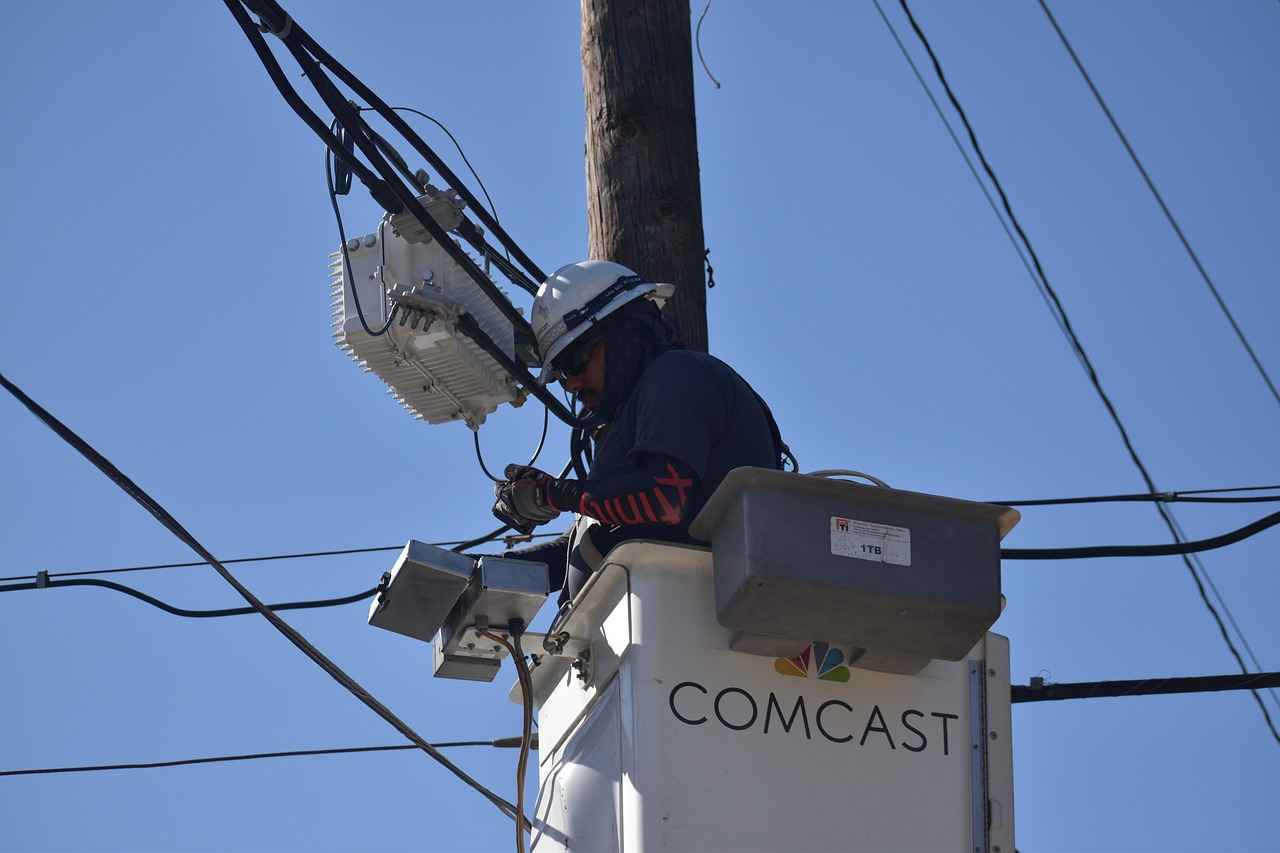
Maintaining Your Trailer Brake System
Regular maintenance is essential for the longevity and safety of your trailer brake system. Proper upkeep not only enhances performance but also ensures compliance with safety regulations. In this section, we will explore effective tips and strategies for maintaining and troubleshooting your trailer brakes.
To begin with, it is crucial to perform routine inspections. Check your brake components regularly for signs of wear and tear. Look for:
- Brake Pads: Inspect for thinning, cracks, or other damage.
- Brake Lines: Ensure there are no leaks or cracks.
- Brake Drums or Discs: Check for scoring or warping.
Next, cleaning is an important aspect of maintenance. Dirt and debris can accumulate on your brake components, leading to diminished performance. Utilize a suitable cleaner and a soft brush to remove any buildup, particularly around the brake pads and drums.
Another vital maintenance task is adjusting the brakes. Over time, trailer brakes can become misaligned, affecting their efficiency. Refer to your trailer’s manual for specific adjustment instructions, and consider using a brake adjustment tool for precision.
Moreover, lubrication plays a key role in maintaining your brake system. Apply high-quality grease to the moving parts, such as the actuator and pivot points, to ensure smooth operation. Be cautious not to over-lubricate, as this can attract dirt and grime.
In addition to the above tasks, it’s important to test your brakes regularly. Conduct a simple test by engaging the trailer brakes while driving at low speeds. Listen for any unusual sounds and feel for any irregularities in braking performance. If you notice any issues, it may be time to consult a professional.
When it comes to troubleshooting, being aware of common issues can save time and effort. Some common problems include:
- Brake Fade: This occurs when brakes overheat, leading to reduced stopping power. Ensure your brakes are properly adjusted and not overloaded.
- Uneven Braking: If one side of the trailer brakes more than the other, check for misalignment or uneven wear on brake components.
- Electrical Failures: Inspect wiring connections and the brake controller for any faults that may affect braking performance.
Lastly, always keep a detailed maintenance log. Documenting your maintenance activities helps track the condition of your trailer brake system and reminds you when to perform the next service. This proactive approach can prevent minor issues from escalating into serious problems.
In summary, maintaining your trailer brake system requires a combination of regular inspections, cleaning, adjustments, lubrication, testing, and troubleshooting. By following these guidelines, you can ensure your trailer brakes remain in optimal condition, providing you with peace of mind and safety on the road.

Legal Requirements for Trailer Brakes
When it comes to trailer safety, understanding the is essential. These regulations are designed to ensure that trailers are equipped with effective braking systems, minimizing the risk of accidents on the road. This section will explore the key regulations, compliance standards, and the importance of adhering to these laws.
In the United States, the Federal Motor Carrier Safety Administration (FMCSA) outlines specific requirements for trailer brakes. Depending on the weight and type of the trailer, different rules apply. For instance, trailers over a certain weight must have a braking system that meets federal standards. It is crucial to familiarize yourself with these regulations to ensure compliance.
- Brake Types: Trailers may be equipped with various brake systems, including electric, hydraulic, or surge brakes. Each type has distinct requirements that must be followed.
- Weight Classifications: The weight of the trailer significantly influences the braking requirements. Trailers over 3,000 pounds typically need to have brakes on all wheels, while lighter trailers may only need brakes on one axle.
- Brake Controller: If your trailer uses electric brakes, a brake controller is mandatory in the towing vehicle. This device allows the driver to control the braking power applied to the trailer.
Additionally, it is vital to ensure that your trailer’s braking system is properly maintained and inspected regularly. This not only helps in complying with legal standards but also enhances safety on the road. Regular checks should include:
- Inspecting brake pads and shoes for wear and tear.
- Testing the brake lights and signals to ensure they function correctly.
- Checking the brake fluid levels and ensuring there are no leaks in hydraulic systems.
Failure to comply with these legal requirements can result in hefty fines and increased liability in the event of an accident. Furthermore, insurance companies may deny claims if it is found that the trailer did not meet safety standards. Therefore, understanding and adhering to the legal requirements for trailer brakes is not just about compliance; it is about ensuring the safety of yourself and others on the road.
In conclusion, staying informed about the legal requirements for trailer brakes is crucial for any trailer owner. By understanding the regulations and ensuring compliance, you contribute to a safer driving environment. Always consult local and federal regulations, as they may vary by state or region.
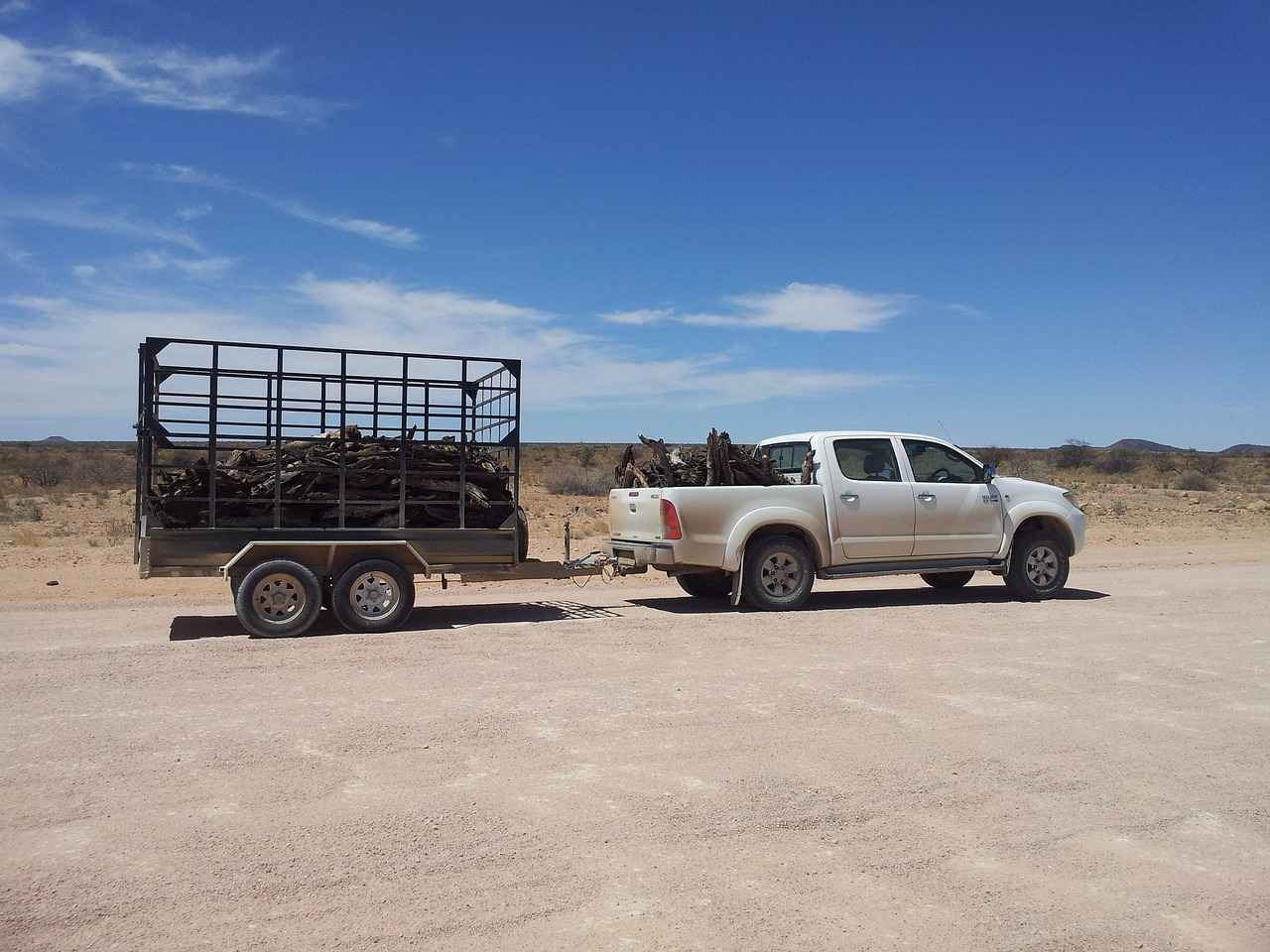
Upgrading Your Trailer Brake System
If you’re contemplating an upgrade to your trailer brake system, it’s essential to explore the various options available. Upgrading can significantly enhance both performance and safety, providing peace of mind during your travels. This section delves into advanced brake systems and enhancements that can elevate your towing experience.
- Electric vs. Hydraulic Brakes: Understanding the difference between electric and hydraulic brake systems is crucial. Electric brakes are typically more straightforward to install and maintain, while hydraulic systems provide superior stopping power, especially for heavier loads.
- Brake Controller Options: Upgrading your brake controller can improve responsiveness. Consider options like proportional controllers, which adjust braking power based on vehicle speed, or time-delayed controllers that offer a more basic solution.
- Quality Brake Components: Investing in high-quality brake components—such as brake pads, drums, and shoes—can enhance braking efficiency and longevity. Look for brands that comply with safety standards and have positive user reviews.
- Anti-Lock Braking Systems (ABS): Adding ABS to your trailer can prevent wheel lock-up during sudden stops, improving control and safety. This feature is especially beneficial in adverse weather conditions.
- Regular Maintenance and Upgrades: Regularly inspecting and maintaining your brake system is vital. Consider upgrades like brake fluid replacement and adjusting brake settings to ensure optimal performance.
When upgrading your trailer brake system, it’s also important to consider the weight of your trailer and the load you’re carrying. Heavier trailers may require more robust braking systems to ensure safe stopping distances. Additionally, consult your vehicle’s manual to ensure compatibility with upgraded components.
Safety Features to Consider
Incorporating advanced safety features into your trailer brake system can further enhance performance. Features like brake lights that activate with the trailer brakes, and breakaway systems that engage the brakes if the trailer becomes disconnected, are invaluable for safety.
Cost vs. Benefit Analysis
Before making any upgrades, conduct a thorough cost-benefit analysis. While some upgrades may seem expensive upfront, the long-term benefits of improved safety and performance can outweigh the initial costs. Additionally, consider potential savings on insurance premiums and repairs due to enhanced safety features.
In summary, upgrading your trailer brake system is a significant decision that can lead to improved safety and performance. By understanding your options and investing in quality components, you can ensure a safer towing experience. Always consult with professionals if you’re uncertain about the best upgrades for your specific needs.
How to Wire a Trailer with Trailer Brakes: Step-by-Step InstructionsThis article provides a comprehensive guide on wiring a trailer with brakes, ensuring safety and compliance with regulations. Learn the essential steps, components, and tips for effective installation.
Understanding Trailer Brake Systems
Before wiring a trailer, it’s crucial to understand the different types of brake systems available. The two primary types are electric brakes and surge brakes. Electric brakes are controlled by a brake controller in the towing vehicle, while surge brakes activate automatically when the towing vehicle slows down. Understanding these systems helps in selecting the right components for your trailer.
Essential Tools and Materials
Gathering the right tools and materials is vital for a successful wiring project. Essential items include:
- Wire connectors
- Brake controller
- Electrical tape
- Wire strippers and crimpers
- Multimeter
- Wiring diagram for your trailer
Having these tools on hand will make the installation process more efficient.
Safety Precautions Before Starting
Safety should always be a priority when working with electrical systems. Before beginning the wiring process, ensure you:
- Disconnect the battery of the towing vehicle
- Work in a well-ventilated area
- Wear protective gear, such as gloves and goggles
These precautions will help reduce the risk of accidents during installation.
Identifying the Wiring Diagram
A wiring diagram is fundamental for proper connections. Familiarize yourself with the layout and color codes used in your trailer’s wiring. Typically, a standard color code includes:
- Brown for tail lights
- Green for right turn signal
- Yellow for left turn signal
- White for ground
- Blue for electric brakes
Understanding these codes will ensure you make the correct connections.
Connecting the Brake Controller
The brake controller is a critical component of the trailer brake system. To connect the brake controller:
1. Locate the vehicle's wiring harness.2. Connect the brake controller’s wires to the corresponding wires in the harness.3. Secure all connections with electrical tape.4. Mount the brake controller in an accessible location within the vehicle.
Following these steps will ensure a secure connection.
Wiring the Trailer Brakes
Wiring the trailer brakes involves connecting various components accurately. Begin by connecting the blue wire from the brake controller to the trailer brakes. Ensure all connections are tight and insulated to prevent short circuits. Use a multimeter to check for continuity in the wiring after making connections.
Testing the Brake System
After wiring, testing is crucial to ensure everything functions correctly. To test the brake system:
- Reconnect the vehicle’s battery
- Activate the brake controller while someone else checks the trailer brakes
- Ensure that the brakes engage smoothly without any issues
This testing phase helps identify any problems before hitting the road.
Common Wiring Mistakes to Avoid
Mistakes in wiring can lead to serious safety issues. Common pitfalls include:
- Incorrect wire connections
- Neglecting to secure connections properly
- Failing to test the system before use
Being aware of these mistakes can help ensure a smooth installation process.
Maintaining Your Trailer Brake System
Regular maintenance is essential for the longevity of your trailer brake system. To maintain your trailer brakes:
- Inspect wiring for wear and tear
- Check brake pads and replace them as needed
- Ensure all connections remain tight and secure
These maintenance tips will help keep your trailer brakes functioning properly.
Legal Requirements for Trailer Brakes
Understanding the legal requirements for trailer brakes is crucial for compliance. Regulations may vary by state, but generally, trailers over a certain weight must have brakes. Familiarize yourself with local laws to ensure your trailer meets safety standards.
Upgrading Your Trailer Brake System
If you’re considering an upgrade, knowing your options is key. Advanced brake systems, such as disc brakes, offer improved performance and safety. Research different systems and consult with professionals to find the best fit for your needs.
Frequently Asked Questions
- What tools do I need to wire a trailer with brakes?
To wire a trailer with brakes, you’ll need essential tools like wire strippers, crimping tools, a multimeter, and basic hand tools such as wrenches and screwdrivers. Having a wiring diagram handy can also make the process smoother!
- How do I know if my trailer brake system is working properly?
Testing your trailer brake system is crucial. After wiring, you can perform a simple test by connecting the trailer to your vehicle and checking the brake lights and functionality of the brakes. If they engage smoothly without any unusual noises, you’re good to go!
- What are common mistakes to avoid when wiring trailer brakes?
One common mistake is not following the wiring diagram correctly, which can lead to improper connections. Additionally, using the wrong gauge wire or failing to secure connections can cause issues. Always double-check your work to ensure safety!
- Are there legal requirements for trailer brakes?
Yes, there are specific legal requirements regarding trailer brakes that vary by region. Generally, trailers over a certain weight must have brakes that meet safety standards. It’s essential to check local regulations to ensure compliance!
- How often should I maintain my trailer brake system?
Regular maintenance is key! Check your trailer brake system at least once a year, or more frequently if you use your trailer often. Look for wear and tear, and ensure all connections are secure and functioning properly.


